I'm experiencing a weird phenomenon with a ceramic resonator test circuit, where the frequency of its output can be changed by touching the circuit with my finger. The circuit would maintain this higher frequency oscillation indefinitely as long as I don't disturb it again by touching or cycling power. It always starts up to the correct frequency on power up however.
This is what the output looks like on the scope. Note that both wave forms are stable even if left running for hours. 

The resonator is a Kyocera KBR-480Y, specified to resonate at 480 kHz. I'm using two gates of a CD4011BE quad NAND chip as inverters to drive the circuit. Here is a hand drawn schematic: 
Circled in red is the portion of the circuit that is susceptible to touch. It's around the leads of the resonator, including the feedback resistors and loading capacitors.
Here is what the circuit looks like from the top. The small surface mount device is a ripple counter, which should have no effect on this situation. 
My questions are:
- How does this happen? What mechanism causes this to happen? I vaguely understand that there are multiple modes of resonance in crystal and ceramic resonators, but I'm not sure why touching it would create this effect.
- Would it be feasible to utilize/exploit this property intentionally in designs? Could there be a reliable way to induce this effect to generate a higher frequency signal from a resonator that is rated lower?
- I guess related to the second question, how would one go about suppressing this behavior? Having this happen on a production board would not be good.
Thank you for taking a look at this and apologies in advance for my lack of knowledge and experience.
Additional information - here is what the signal looks like on both legs of the resonator. The purple one is connected to the input of the first inverter, and the yellow one is the leg connected to the output of the gate. Both probes are Siglent PP215 set to 10x attenuation, if that matters.